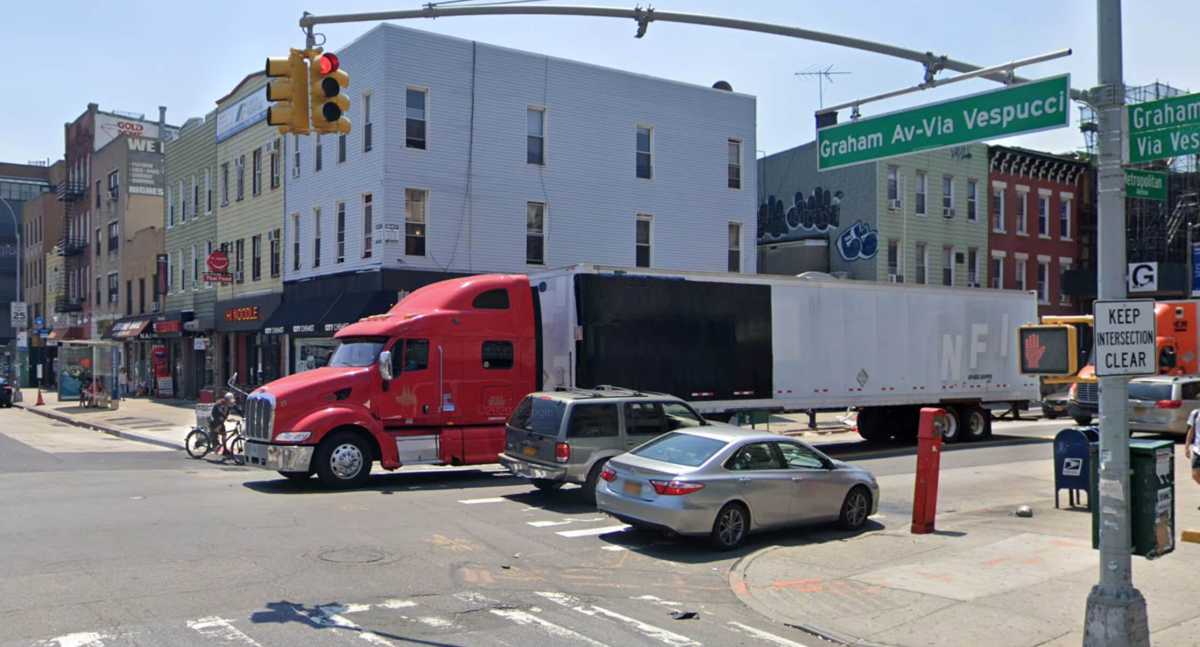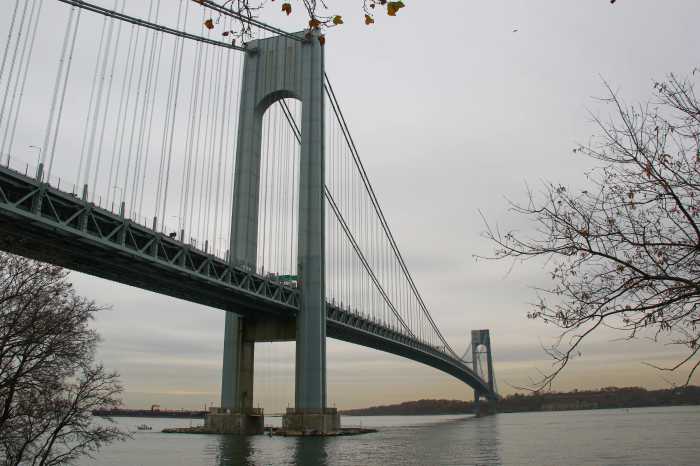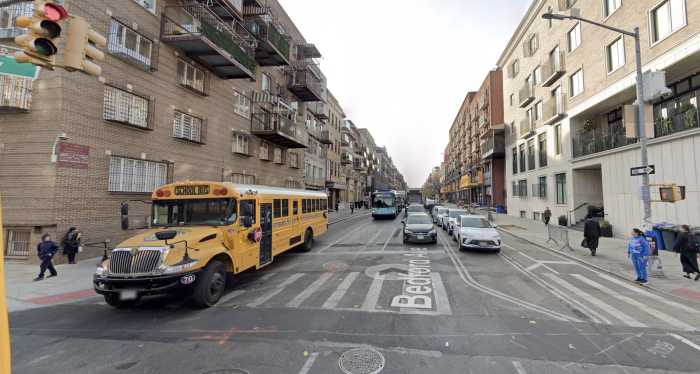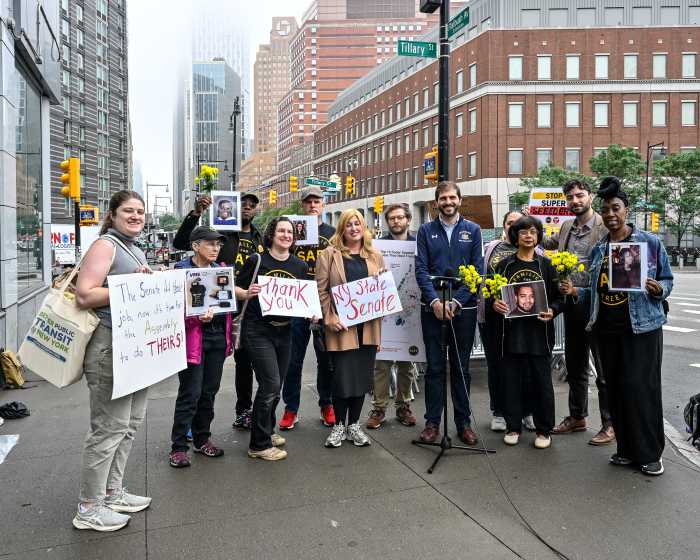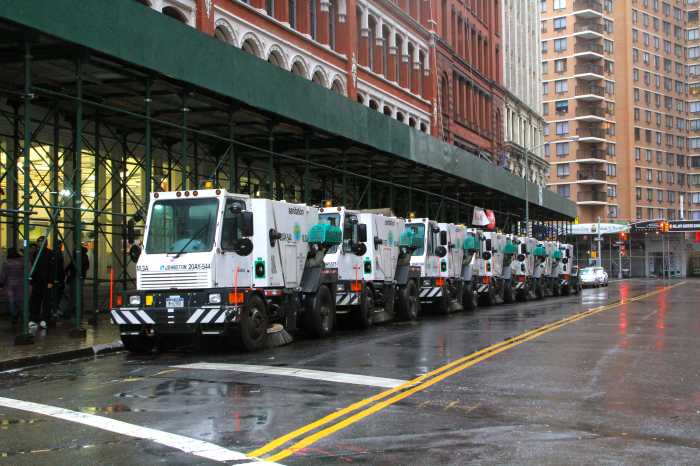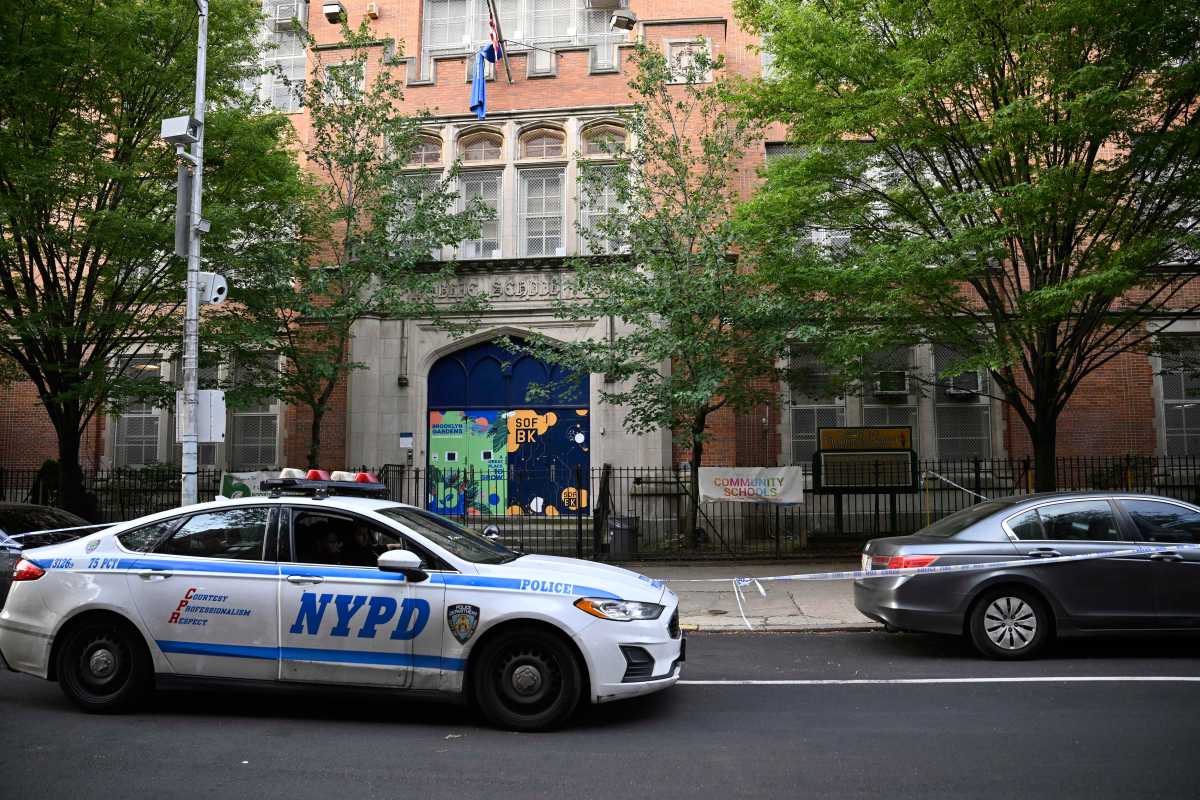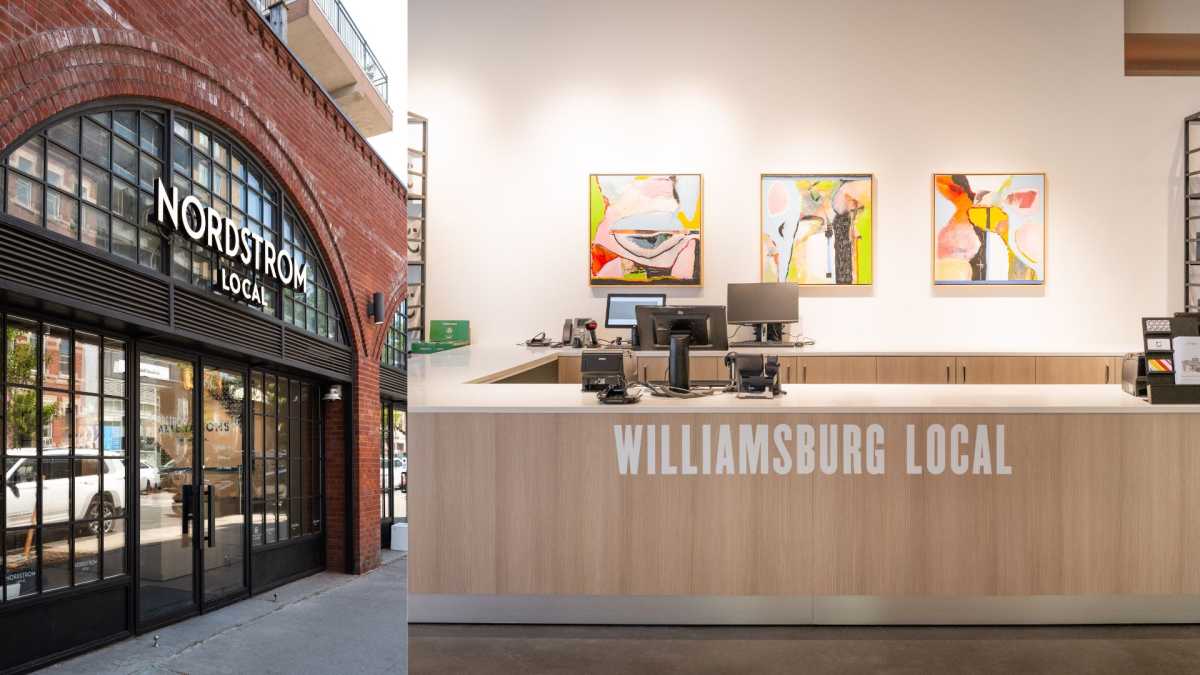The city must make Graham and Metropolitan avenues safer after drivers killed two cyclists in three years at the intersection, Williamsburgers demanded at a Tuesday civic meeting.
“The whole time I’ve lived in Williamsburg — which is now over 25 years — I’ve lived adjacent to that intersection and it’s always been taking your life in your hands to try to cross that street,” said Eric Bruzaitis, the head of Community Board 1’s Transportation Committee at its virtual meeting on Feb. 2.
A truck driver ran over and killed a cyclist there in 2017 and last December a bus driver hit and killed a man on an e-bike.
Many more people have been injured in crashes there, leaving locals to wonder what street designers at the Department of Transportation were doing to remedy the treacherous thoroughfares.
“How many instances does it take of people dying for safety improvements to be made?” asked Paul Kelterborn at the meeting.
Both Graham and Metropolitan avenues are two-way streets without bike lanes, but their intersection is particularly crowded with heavy truck traffic, four entrances to the Graham Avenue L-train stop, five bus stops within a one-block radius, and a Citi Bike dock nearby at Conselyea Street.
On Dec. 23, a Metropolitan Transportation Authority bus driver hit and killed 33-year-old Bushwick resident Adrian Coyotl De Los Santos on his e-bike, as both were heading north on Graham Avenue.
Three years earlier, almost to the date, on Dec. 19, 2017, 30-year-old Queens resident Mario Lopez was crushed to death by a tractor-trailer driver after he lost control of his bicycle while both were heading east on Metropolitan Avenue.
In both cases, the drivers remained on scene, the police made no arrests, and the investigations remain ongoing, even though the first case is more than three years old, according to Police Department spokeswoman Detective Annette Shelton.
At least nine more people have been injured at the intersection in crashes since 2011, and there have been more than two dozen crashes with injuries within a one-block radius during the last decade, according to the site NYC Crash Mapper.
When asked by committee members what DOT was doing to fix the deadly stretch of roads, local agency liaison Ronda Messer said they were reviewing the report from the police’s Collision Investigation Squad, but bureaucrats couldn’t find any fixes, despite both fatal crashes showing a pattern of large vehicles killing cyclists while riding in the same direction.
“There is no obvious or subtle engineering flaw in these two cases, although they are kind of similar,” Messer said.
One committee member and rep for the safe streets advocacy group Transportation Alternatives scolded the official, saying the carnage on the street was proof enough of a flawed design.
“We know that this fatality proves that the design has failed, that DOT’s design has failed to keep cyclists safe,” said Tom Huzij. “It’s up to DOT to figure out how to separate cyclists from large vehicles, but at the end of the day we know the current design has failed and we should improve it.”
Messer said DOT is not currently looking at a revamp, adding that both avenues are only 40-feet wide, too tight to accommodate bike lanes without sacrificing the free curbside parking.
“They’d be too narrow to add a marked bicycle lane, I mean unless there’d be an appetite to remove all parking along the corridor, which I think is a problem,” she said. “But I suppose that’s something we could look at if the community board was interested in that.”
The committee unanimously passed two motions to demand DOT study redesigning 1.3 miles of Graham Avenue, from Meeker Avenue to Broadway, and just over a mile of Metropolitan Avenue, from Union Avenue to the Metropolitan Avenue Bridge.
The non-binding demand still needs to be passed by the full board next week before heading to the agency.


